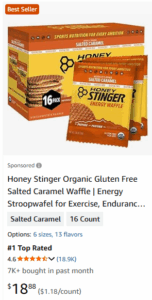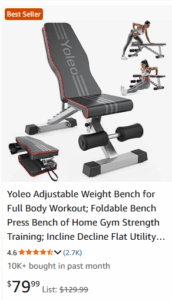☀️ Why Is Summer Potentially Risky for Hypertensive Patients?
In the summer, high temperatures cause blood vessels to dilate and increase perspiration, which often leads to lower blood pressure. However, for people with hypertension, this can pose serious health risks:
-
Dehydration-related hypotension: Excessive sweating while still taking your usual medications can lead to low blood pressure, dizziness, or even fainting.
-
Medication overdosing: Continuing the same dose of medication despite lower blood pressure may increase the risk of hypotension.
-
Poor temperature regulation: People with hypertension may have autonomic nervous system dysfunction, making it harder to regulate body temperature.
-
Older adults with hypertension often don’t feel thirst easily, leading to unnoticed dehydration.
🧊 Essential Summer Guidelines for Hypertensive Patients
1. 💧 Stay Hydrated — Even If You Don’t Feel Thirsty
-
Drink 6–8 glasses of water daily, preferably plain water, barley tea, or low-sodium soups.
-
Avoid caffeinated beverages, sugary sodas, and salty sports drinks, which can worsen dehydration.
-
If you have chronic kidney disease, ask your doctor about the right fluid intake.
2. 🩺 Monitor Blood Pressure in the Morning and Evening
-
Check your BP at least twice a day to track any sharp changes.
-
If you feel dizzy when standing up, try measuring blood pressure in both sitting and standing positions.
-
If your BP drops below 100/60 mmHg, consult your doctor about adjusting medications.
3. 🚶♂️ Exercise in Cooler Times Only
-
Avoid outdoor activity during peak sun hours (10 AM–4 PM).
-
Opt for light walks in the early morning or after sunset.
-
Wear sun-protective gear: hats, sunglasses, and breathable clothing.
4. 🧂 Be Extra Cautious with Salt
-
Don’t overcompensate with salt just because you’re sweating more.
-
Avoid salty summer dishes like cold noodles (naengmyeon), broth-heavy soups, kimchi, and fermented side dishes.
-
Choose light, steamed, or fresh meals with plenty of fruits and vegetables.
5. 🌀 Keep Your Environment Cool and Stable
-
Ideal room temperature: 24–26°C (75–79°F); humidity: 50–60%.
-
Avoid direct exposure to AC airflow, which can cause chills and sudden BP drops.
-
Use fans or air conditioning to regulate the room, but dress appropriately.
⚠️ When to Seek Medical Help
Contact your healthcare provider if you experience:
-
Dizziness, headaches, cold sweats, nausea, or fainting
-
Blood pressure changes by more than 20 mmHg from your baseline
-
Symptoms of severe dehydration: dry mouth, reduced urination, or dry skin
✅ Summer Self-Care Checklist for Hypertension
| Tip | Did It Today? |
|---|---|
| Drank 6–8 glasses of water | ✅ / ❌ |
| Measured BP morning & evening | ✅ / ❌ |
| Avoided outdoor activity at noon | ✅ / ❌ |
| Ate low-sodium meals | ✅ / ❌ |
| Maintained cool indoor environment | ✅ / ❌ |
💡 Simple Summer Tips for Daily Health
-
Don’t jump into a cold shower after sweating — start with lukewarm water.
-
Keep the indoor–outdoor temperature gap within 5°C (9°F) to prevent BP spikes.
-
Avoid overconsumption of cold drinks and ice cream, which can cause digestive issues.
👨⚕️ Final Thoughts
Summer may make you think that lower blood pressure is safer — but for hypertension patients, that’s not always true. Risks of hypotension, heatstroke, dehydration, and medication complications are actually higher. By monitoring your body closely and adjusting your routine, you can stay safe and healthy through the summer.
Stay hydrated, check your BP, eat smart, and keep cool!
Can CKD Patients Exercise? A Doctor’s Guide to Safe Physical Activity

